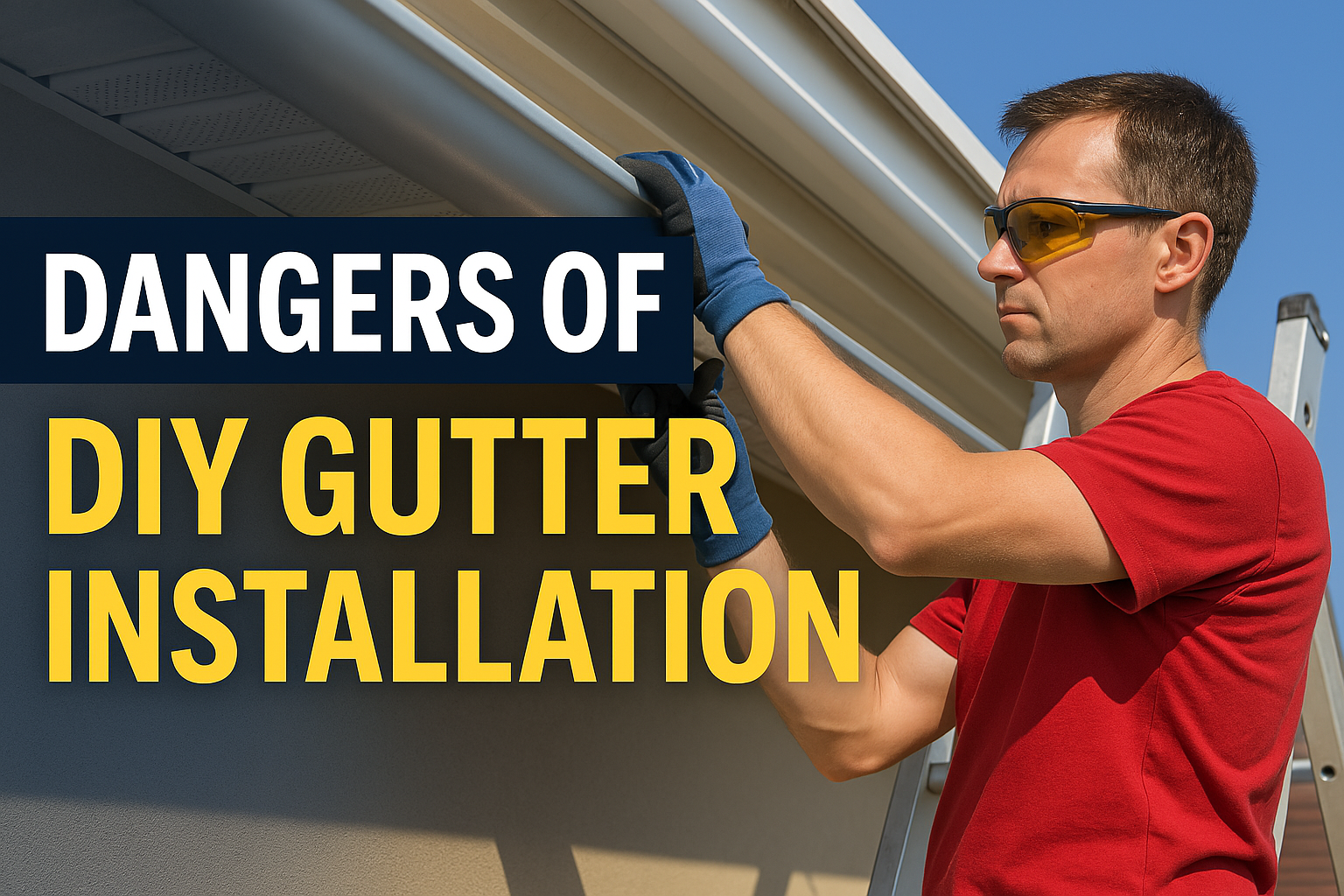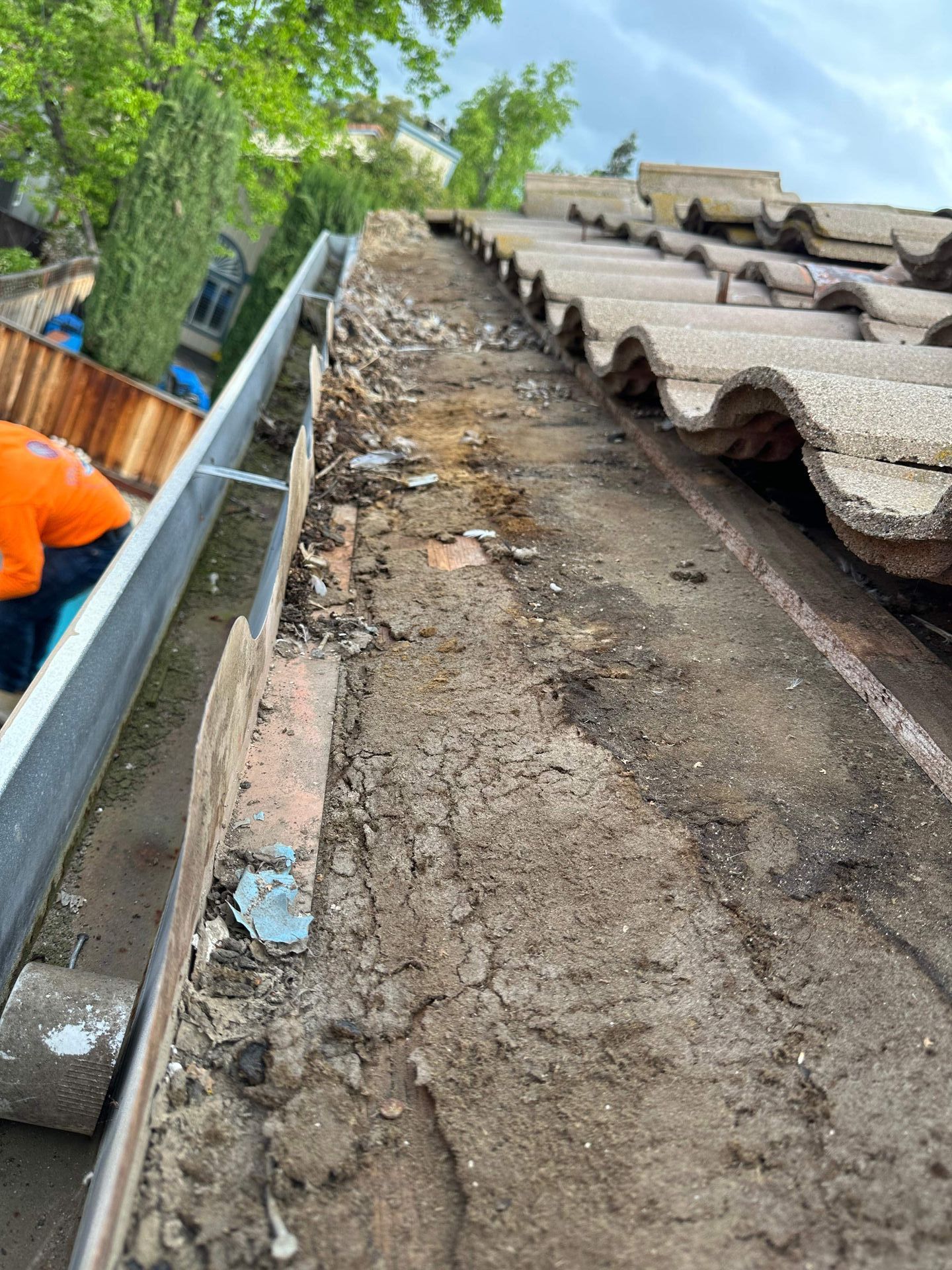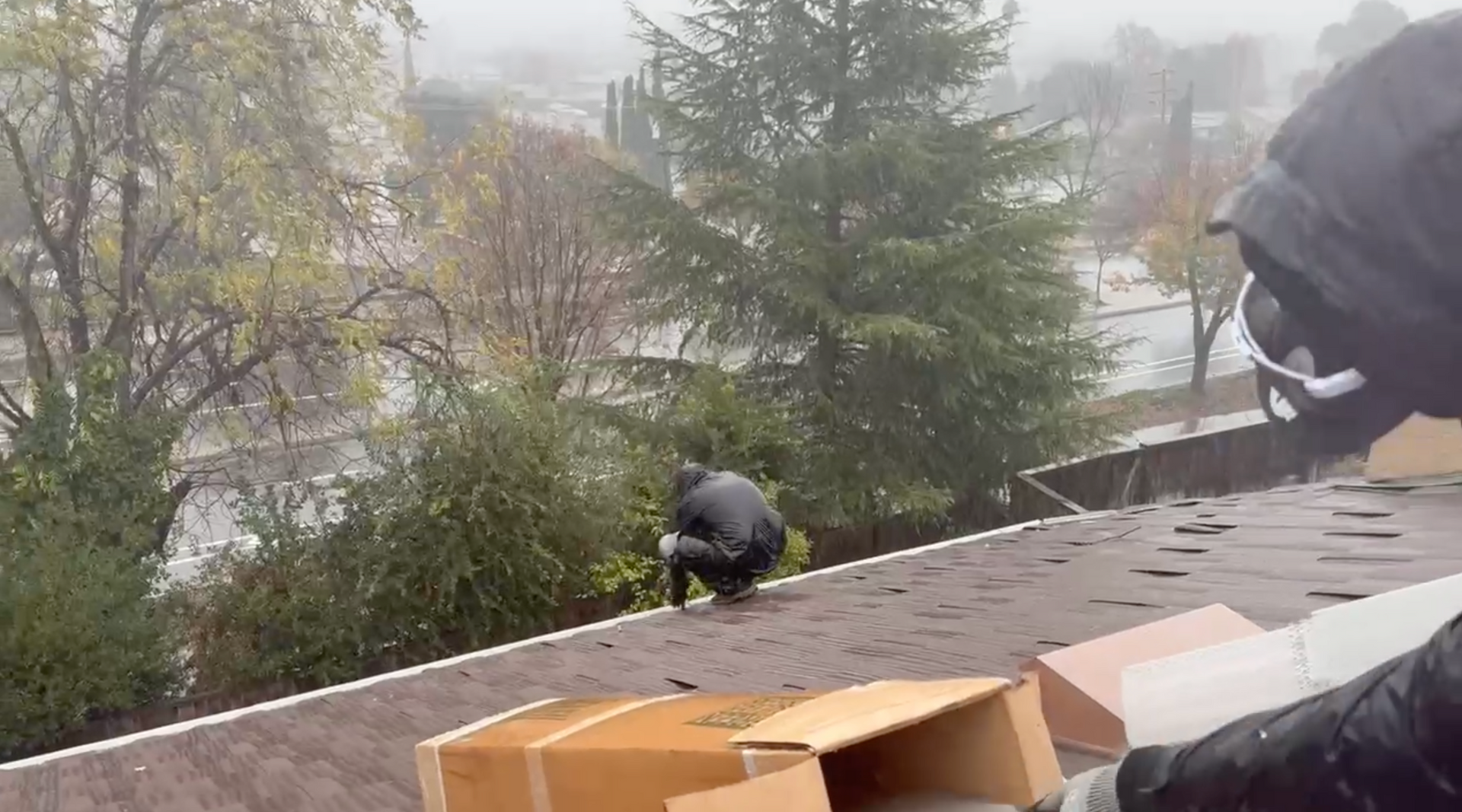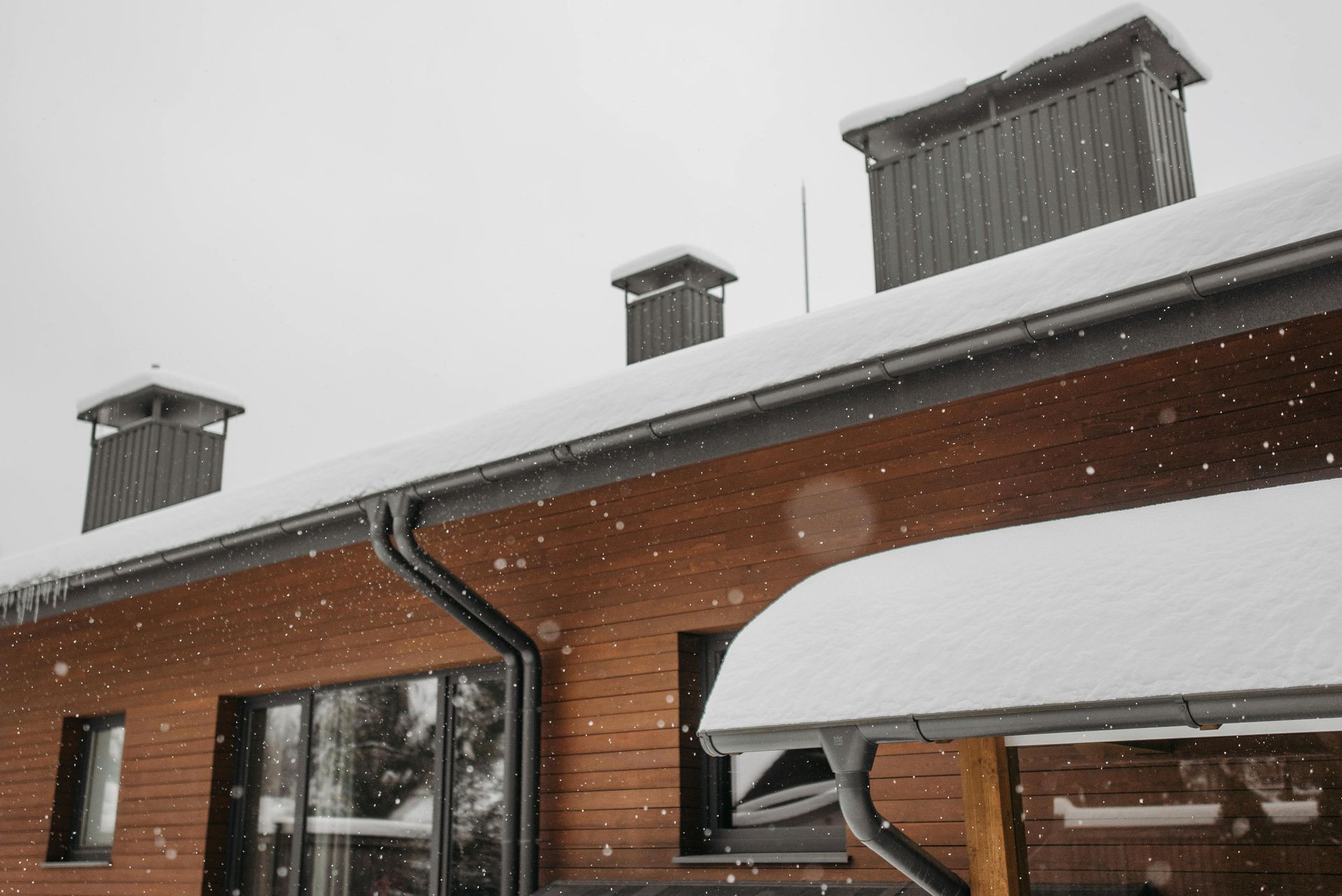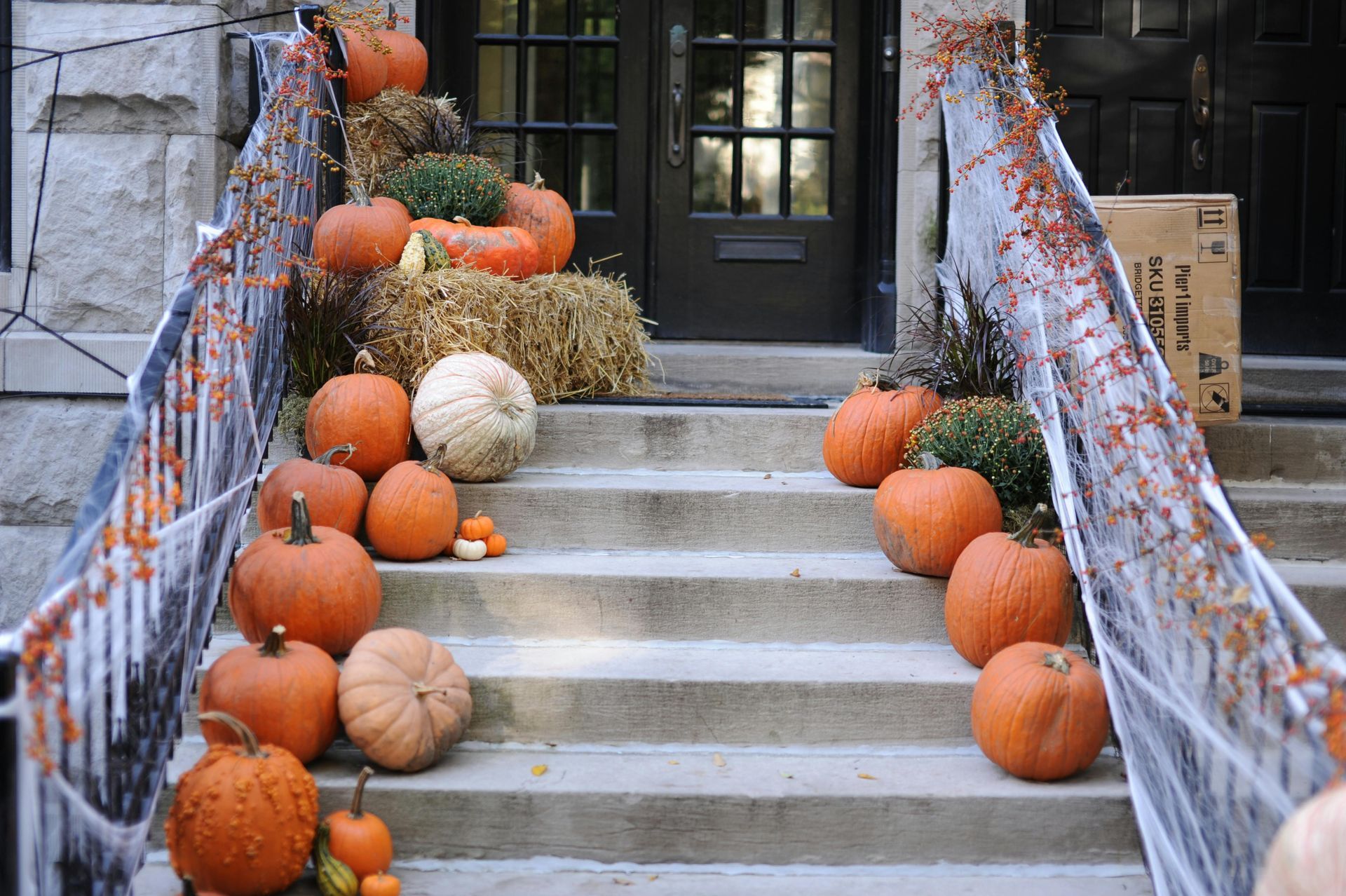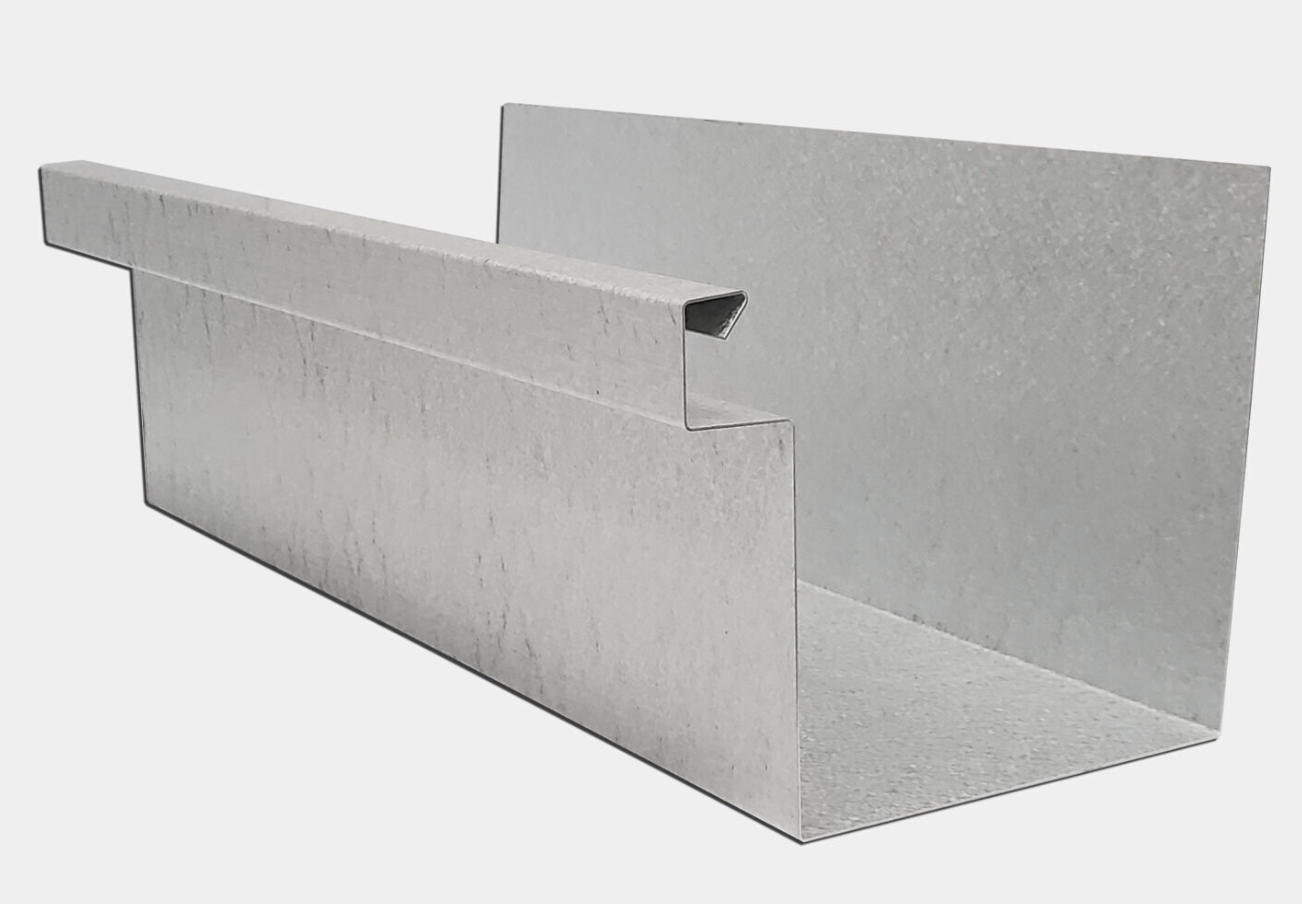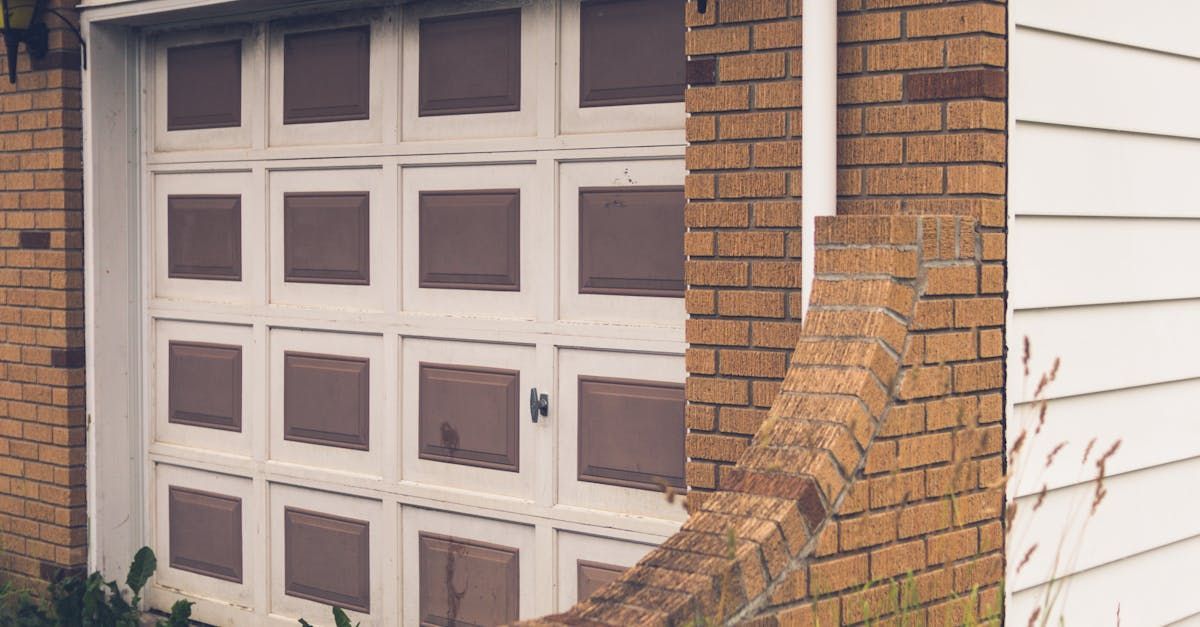5 Reasons Your Gutters are Overflowing and Clogging
Introduction
Every wondered why your gutters keeping getting clogged?
Imagine you're standing by your large window, savoring a delightful summer rainstorm. Suddenly, you notice that the gutter right above your window is overflowing. What should you do next? Your initial thought might be that a major repair awaits, but don't fret. The issue may not be as daunting as it seems.
As experts in rain gutter installation, we've encountered a plethora of reasons for gutter overflow, and the majority of them are minor inconveniences. There's no need to worry about major problems lurking above. In fact, if you had a significant issue, you would likely spot it from the street, even when it's not raining.
We won't delve into every conceivable cause, but here are the five most common culprits behind overflowing gutters:
Signs you need may need a new gutter system
Obstructed Gutters or Downspouts
When your gutters start to overflow, your first step should be to check for clogs. All sorts of debris can accumulate in your gutters and downspouts, especially if your home is surrounded by trees. Over time, this debris can create dams that prevent proper water flow, leading to overflow.
You can easily inspect your downspouts by running water through them with a garden hose. If the water flows out from the bottom after you pour it in from the top, you're in good shape. Visual checks are typically sufficient for identifying gutter clogs
Incorrect Gutter Pitch
During a new rain gutter installation, gutters are pitched or angled to direct water toward the downspouts. If this pitch isn't just right, it can lead to problems. If the angle is too shallow, water may not flow fast enough, while an overly steep angle could cause water to rush over the downspout and spill over the end cap
Ill-Fitted Rain Gutter Covers
Rain gutter covers are excellent at keeping debris out, but they aren't one-size-fits-all solutions. These covers must be selected to match the size, style, and location of your gutters. If the wrong product is chosen or if it's not fitted correctly, rainwater may flow right over the top instead of passing through.
Loose Gutters
Gutters should be securely attached to your house, often with a bead of caulk between the gutter and fascia board for added stability. However, over time, gutters can gradually become loose. When this happens, rainwater can run off the overhang, strike the back of the gutter, and then flow between the gutter and fascia before reaching the ground. This can lead to increasingly loose gutters and potential fascia rot, making it a problem that needs immediate attention.
Gutters Positioned Too Low
Sometimes, gutters may seem to overflow when, in reality, they were installed too low. During heavy rain, water may overshoot the gutter rather than flowing off the overhang and into it. This can give the impression of overflow when it's actually a matter of improper installation.
Summary
While there are numerous other causes of gutter overflow, don't fret if you're experiencing this issue. A professional can easily identify the root cause and provide a cost-effective solution. In most cases, you won't need an entirely new rain gutter installation. Most overflow problems can be resolved quickly and without breaking the bank. Just be sure not to procrastinate – addressing the issue promptly is the key to preventing further damage.
Get a Free Quote Today!
Contact Us
Follow us online for updates


